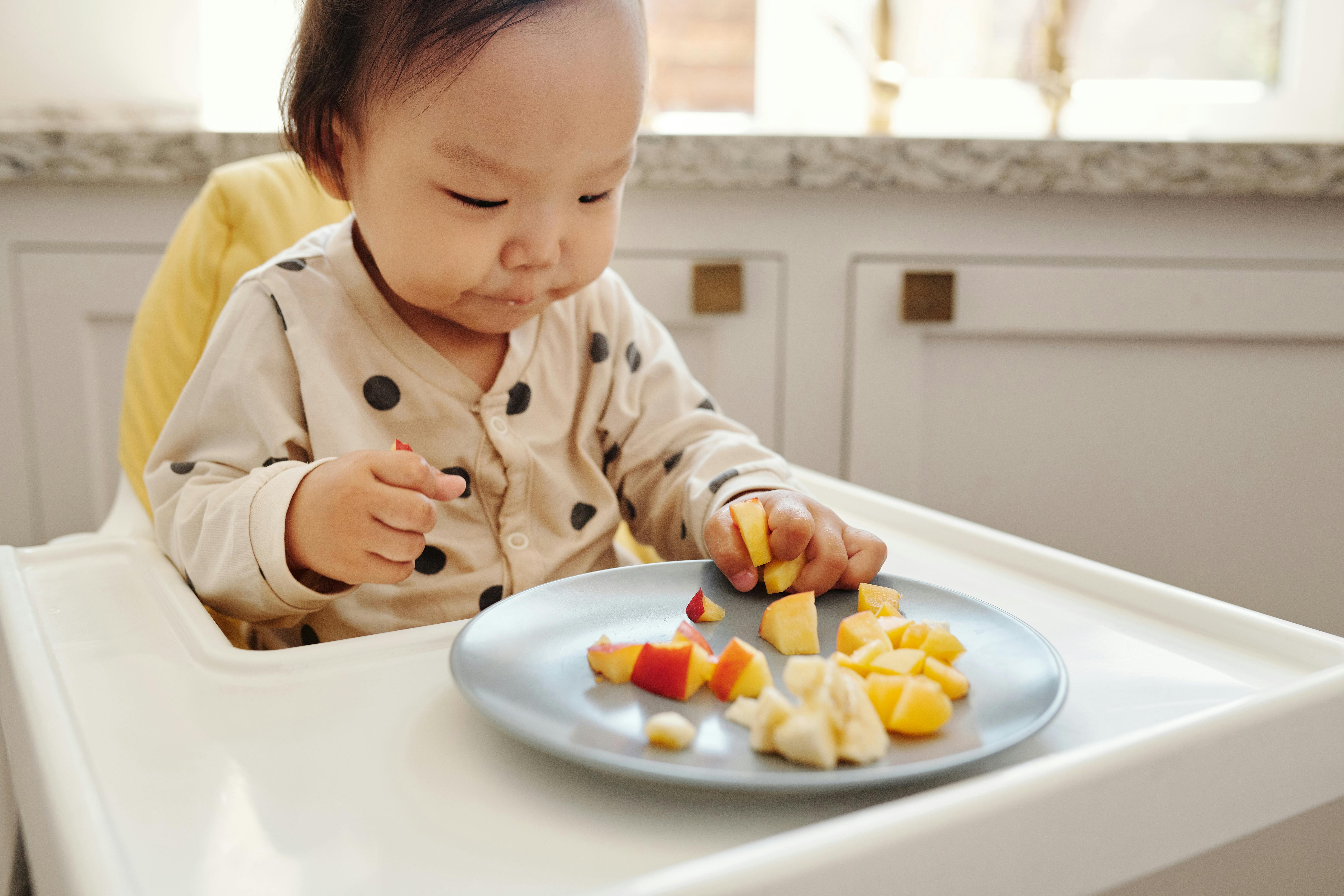Drinking Water Testing Science Fair Project
You are smart enough to know that the purpose of most science fair projects is to teach students to use scientific methods to solve problems for themselves. A science fair project can allow students, parents, and teachers to make new discoveries together. One of those discoveries could be how clean your drinking water is.
Students may expect tap water to be clean, but is it? A science fair project on testing drinking water can help them learn what’s in the water they use. This scheme will help them, and you will test drinking water.
State your hypothesis
A good example might be: “If I test my drinking water from different sources, which one will I find to be the best for my health?” A bad example would be: “If I drink tap water, what happens?”
background investigation
Learn all you can about what water can hold. Investigate the effects of various pollutants, minerals, etc.
Develop a drinking water test
What type of drinking water test will you use? What types of drinking water will you test? Will you buy a kit or just order the appropriate test materials? How will you collect the water to make sure it doesn’t change its contents?
What you need for drinking water testing
Students will need colorimetric test strips for many drinking water tests. Kits are available on science fair websites. The Water Safe Drinking Water Test is a simple EPA-standardized, laboratory-certified kit that identifies harmful levels of 8 different common contaminants in water: Bacteria, Chlorine, Lead, Nitrates, Nitrites, Pesticides, pH, and Soil Hardness. water.
predict results
Write a prediction of what you expect. Will the tap water in your city be the best for your health? Does your family have to pay money to drink only bottled water? What do you predict your drinking water test will reveal?
Take your drinking water test
Students can choose from many drinking water tests. Here are some possible tests. Younger students may want to use just one. Older students can combine a series of drinking water tests.
1. Basic – A basic drinking water test could allow students to test the water for alkalinity, chlorine (both free and total), nitrate and nitrite, pH, and water hardness. What is the basic composition of your water?
2. Bacteria – Along with a basic drinking water test, you can test your water for bacteria. Water from a drinking fountain can show bacteria that collects in the bubbler and washes into the water.
3. City Water: What’s in Municipal Drinking Water? You can use the basic drinking water tests above, but also check for metals and sediment. Are corroded pipes contaminating the water?
4. Well Water: Since the government does not test private wells, there may be contaminants in the water drawn from them. What could you find? Would you expect more sediment or less? Is your drinking water test likely to find pesticides if the well is near a farm or garden where they are used?
5. Bottled Water: Is bottled water really pure? Is it better than tap water or worse? Take a drinking water test and see what you find.
6. Water Cooler: If your water cooler is typical, a large five-gallon bottle inverts into the drinking water crock. Can there be germs on the bottle cap? Will a drinking water test show these germs?
7. Pet Water Bowl: Pet drinking water tests will show you what’s in your pet’s water. The pet bowl should not be cleaned just before testing. Allowing your pet to drink from it will show if the water is still pure enough for humans.
Repeat your drinking water test
A good scientist repeats tests to make sure the results are the same. He will not get accurate results if he tests his drinking water just once.
Analyze
Analyze the results of your tests. What water is purer? Which tastes better, looks better and smells better? Based on your analysis, do you think your prediction will hold up?
reach conclusions
Draw conclusions from your drinking water test. Look at all the evidence and decide what it means in regards to healthy drinking water.
1. Which water contains the least amount of contaminants?
2. Which water contains the least amount of bacteria?
3. What water is best for your health?
Prepare your screen
Decide ahead of time what the screen will look like and allow plenty of time to complete it. Will you have photographs? Will you have clear glasses that hold water samples? How will you display used test strips?
Most science fair projects require a display board to communicate your work to others. A three-panel display that measures 36″ high by 48″ wide when unfolded is standard. On your board, include these items.
1. Title: Make it attractive and big enough to read from across the room.
2. Hypothesis and Research: Organize your information from top to bottom, left to right, as if you were planning a newspaper page. Put Hypothesis and Research Information on the left side of your board.
3. Materials and Procedures: Place this information just below your title in the middle of the board.
4. Data/Graphics/Photos: These go at the bottom center of your dashboard.
5. Results and Conclusions: The right side of your dashboard contains the final information about your drinking water test.
A science fair project on testing drinking water can be interesting and exciting, appropriate for students of any age. The results can surprise everyone.
